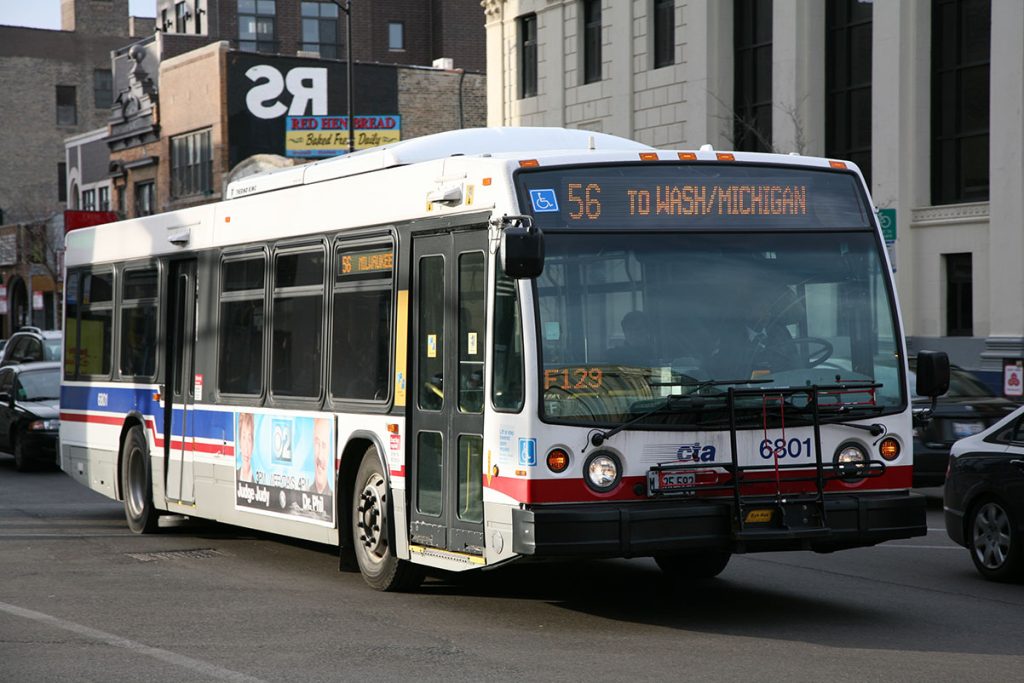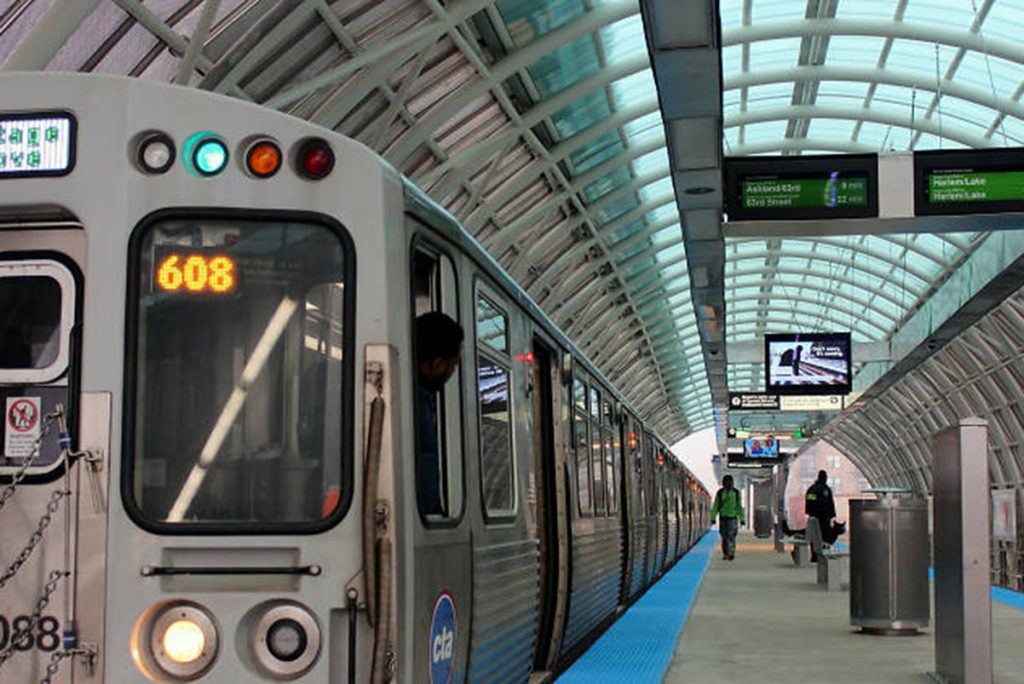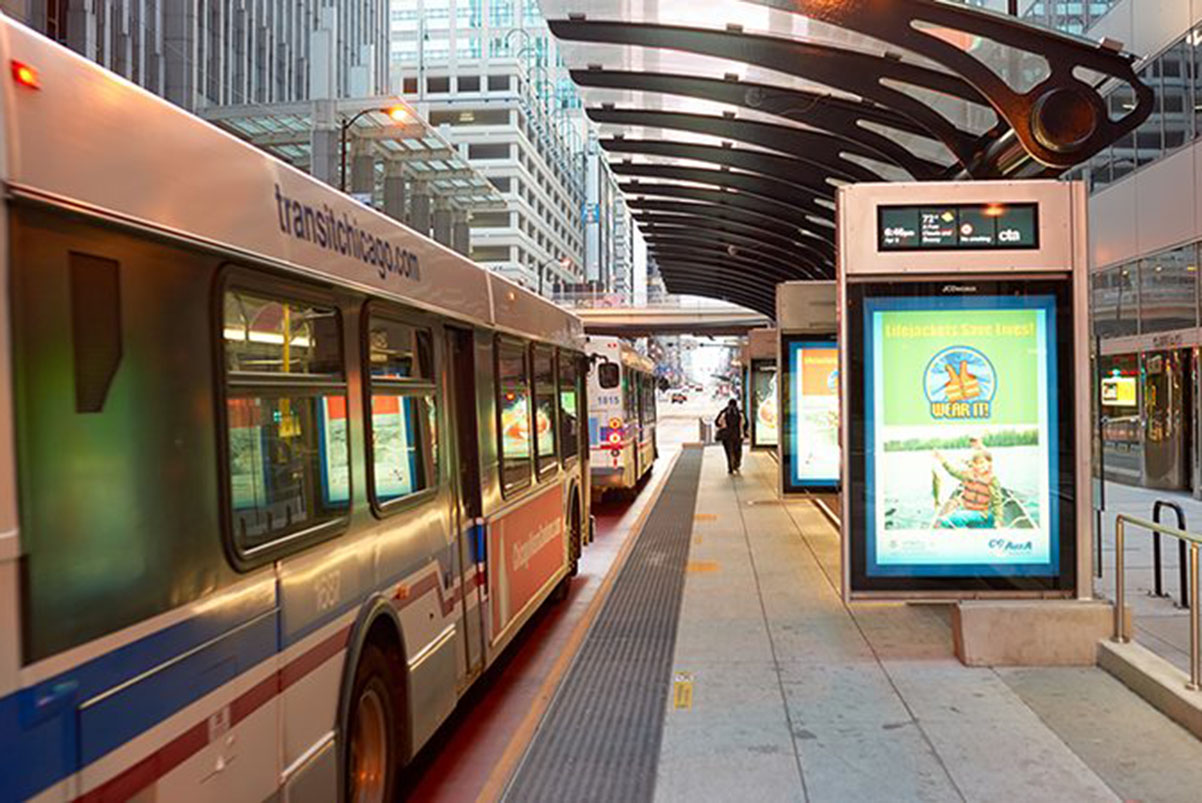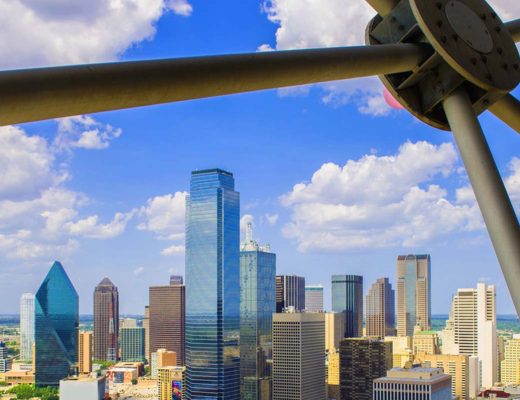Chicago is a city known for its deep-rooted history, bustling neighborhoods, stunning skyline, and diverse culture. While there’s much to explore, navigating the city effectively can be a challenge, especially for newcomers. Fortunately, Chicago boasts an excellent public transportation system—primarily run by the Chicago Transit Authority (CTA)—that offers convenient, affordable, and easy access to the city’s many attractions. Whether you’re visiting for the first time or you’re a seasoned traveler, mastering the CTA will allow you to explore Chicago like a local.
In this guide, I’ll take you through everything you need to know about Chicago’s public transport system, including the L trains, buses, the Ventra card, and insider tips to help you navigate the city like a pro. This comprehensive guide will ensure that you not only get from point A to point B but also experience the charm of Chicago with ease.

1. The Basics of the Chicago Transit Authority (CTA)
The Chicago Transit Authority is the organization responsible for the public transportation system in Chicago, serving over 1.5 million people daily. The CTA operates two main types of transport: L trains (short for “elevated”) and buses. Both are efficient, affordable, and the best way to explore Chicago without the hassle of renting a car or navigating the city’s sometimes confusing roadways.
The ‘L’ Train: Chicago’s Elevated Train System
The CTA operates eight different L lines, each identified by a color. These lines serve different parts of Chicago, and many of them run through the heart of the city, making it easy to access major tourist destinations. Whether you’re staying in downtown Chicago (the Loop) or in one of the outer neighborhoods, the L train is an affordable and fast option for travel.
- Line Colors and Routes: Chicago’s eight L lines include the Red, Blue, Brown, Green, Orange, Pink, Purple, and Yellow lines. Each line serves different regions and connects major neighborhoods and attractions in the city. For instance, the Red Line runs from Howard (on the north side) to 95th/Dan Ryan (on the south side), passing through important areas such as Wrigleyville and Chinatown. The Blue Line runs from O’Hare International Airport to the Loop, passing through neighborhoods like Logan Square and West Loop.
- Elevated vs. Subway: The L train system includes both elevated tracks (above ground) and subway tunnels (underground). The elevated lines often provide great views of the city, including iconic spots like the John Hancock Center and Willis Tower, while the subway sections run under busy streets, making them a faster and more direct option for many travelers.
- Frequency and Timeliness: The L trains are generally very reliable, running every few minutes during peak hours and every 10–15 minutes during off-peak times. During busy periods, the trains can get crowded, especially if you’re traveling on popular lines like the Red Line.
CTA Buses: The Heartbeat of Chicago’s Neighborhoods
In addition to the L trains, Chicago also has an extensive bus system that connects nearly every corner of the city. The bus system is more flexible than the L trains, covering areas that may not have train stations. The buses are essential for reaching certain neighborhoods, tourist spots, and areas not directly served by the elevated train lines.
- Routes: CTA buses run on over 140 routes throughout Chicago, covering areas from the Loop to the farthest reaches of the city, including neighborhoods like Hyde Park, Pilsen, and Uptown. The bus routes are organized by number, such as the #6 Jackson Park Express or #77 Belmont. These routes run frequently during the day and also offer 24-hour service on certain routes.
- Types of Buses: CTA buses come in a variety of types, including the standard local bus that makes multiple stops along its route, and express buses, which are faster and skip some stops. Express buses can be a great choice if you’re in a hurry.
- Travel Time and Delays: One thing to keep in mind with buses is that they are susceptible to traffic delays, especially during rush hour. So, if you’re in a time crunch, you may want to choose the L train or consider taking a taxi or rideshare instead. However, for less busy routes, the buses are often just as fast as the trains and offer a more direct route to your destination.
2. How to Use the CTA System: A Step-by-Step Guide
Navigating the CTA is relatively simple once you get the hang of it. Here’s a detailed guide on how to use the CTA’s L trains and buses effectively.
Step 1: Getting a Ventra Card
The first thing you’ll need is a Ventra Card, which is the payment system used for both L trains and buses. You can buy a Ventra Card at any CTA station from the self-service kiosks or online.
- Cost of the Card: The Ventra Card itself costs about $5, but that amount is loaded onto the card for you to use. The card can be recharged with cash or credit, and you can also add passes for 7-day or 30-day unlimited rides.
- Tapping In and Out: When you enter a train or bus, simply tap your Ventra Card on the card reader. The fare will be deducted from your balance. If you’re transferring from a bus to a train or vice versa, you won’t need to pay again, as long as you make the transfer within two hours.
- Contactless Payment: If you don’t want to use a physical card, you can also pay with a contactless debit or credit card by tapping it on the card reader, though this may not be the most cost-effective option for frequent travelers.
Step 2: Riding the L Trains
Here’s how to board the L train once you’ve got your Ventra Card:
- Enter the Station: Look for the station entrance with the appropriate line color (Red, Blue, Green, etc.) and tap your Ventra Card at the turnstiles to enter. Make sure you know the line and direction you want to go before heading to the platform.
- Wait for the Train: Trains typically run every 5–10 minutes, depending on the line and the time of day. Check the digital boards on the platform for real-time updates on train arrival times.
- Board the Train: Once the train arrives, wait for passengers to exit before boarding. Train cars are marked with the line color and direction, so make sure you’re boarding the right one.
- Enjoy the Ride: The L trains are usually clean and comfortable, and many have air conditioning in the summer months. Keep an eye on the digital displays inside the train that will tell you the next stop. Most trains also have audio announcements.
- Exiting the Train: When you reach your stop, simply exit the train and head to the station exit. There’s no need to tap out at the L station, unlike the buses.
Step 3: Riding the CTA Buses
The bus system is just as straightforward to use, though there are a few differences to keep in mind.
- Find the Bus Stop: Buses have designated stops throughout the city, which are marked with a sign showing the route number. Make sure you’re at the right stop and know the bus number you need.
- Board the Bus: When the bus arrives, board through the front door (unless the bus has a designated rear entry for passengers with disabilities). Tap your Ventra Card on the farebox or pay the fare in cash.
- Take a Seat or Stand: Depending on the time of day, the bus may be crowded. If you’re standing, hold on to the rails or poles to ensure stability. Buses are also equipped with priority seating for seniors and passengers with disabilities.
- Exiting the Bus: When you’re ready to get off, press the stop request button located near the door. The bus driver will stop at the next bus stop, where you can exit. Don’t forget to tap your Ventra Card when getting off if you’re transferring to another mode of transport.
3. Tips for Navigating the CTA Like a Pro
Here are a few extra tips to make your journey on the CTA even easier:
1. Use the CTA App
The CTA app is a must-have for any traveler. This free app provides real-time information about train and bus arrivals, route planning, and even live updates about delays and service disruptions. It’s invaluable for planning your journey and getting to your destination without any stress.

2. Plan Your Route in Advance
While the CTA system is fairly easy to navigate, it’s always a good idea to plan your route ahead of time, especially if you’re unfamiliar with the city. The CTA website and Google Maps provide excellent resources for planning your trips and finding the best routes.
3. Be Mindful of Rush Hours
Chicago’s public transport can get crowded during peak hours, typically from 7–9 AM and 4–6 PM on weekdays. If possible, try to avoid traveling during these times to get a more comfortable ride. However, if you do find
yourself on a crowded train or bus, be patient and stand clear of the doors to allow others to board.
4. Stay Safe and Alert
While the CTA is generally safe, always stay alert and watch your belongings, especially in crowded areas. Avoid using your phone excessively while on the train or bus, as this can make you more vulnerable to theft.
Navigating Chicago’s public transport system can seem intimidating at first, but with a little bit of practice and some knowledge, you’ll be riding the CTA like a pro in no time. From the convenient and accessible L trains to the extensive bus network, the CTA offers a variety of ways to explore Chicago affordably and efficiently. So, grab your Ventra Card, plan your routes, and get ready to experience all that Chicago has to offer!



